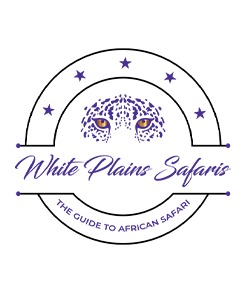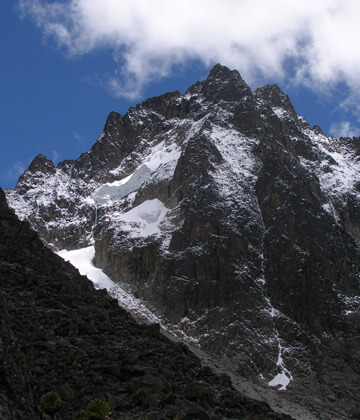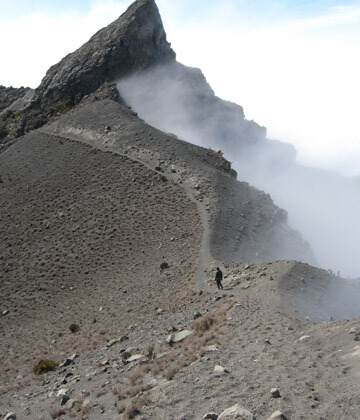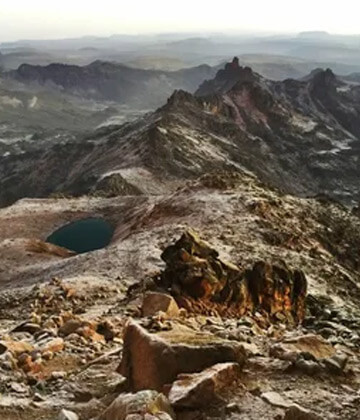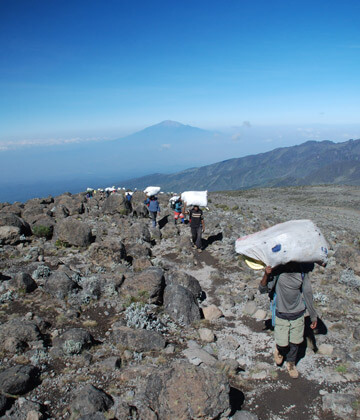Weather and Climate on Mount Kilimanjaro
Daytime temperatures range from the 50s to the 70sF at altitudes from 7,500', where we start the climb, to about 12,000'. Above this altitude, daytime temperatures are lower and evening temperatures can drop to 10ºF or even lower. Above 16,000', daytime temperatures most often are in the high teens to low 40’s, but on the occasional clear calm day, because of the lack of atmosphere to filter the UV, it can feel hot.
At this altitude you should expect night-time temperatures to be below freezing, and temperatures below zero are not uncommon. Kilimanjaro is a free-standing mountain, and therefore creates its own localized weather patterns

It can rain or snow at any time. The snow line usually begins at 17,000 or 18,000', but a sudden storm may bring it as low as 14,000. We don’t offer climbs during the rainy months of April and May or November.
As with most mountain areas, the weather on Kilimanjaro can change abruptly so you need to be ready for these sudden changes with extra layers of clothing, including waterproof gear, in your day pack at all times. Usually, Kilimanjaro’s summit clouds appear in the late morning and then dissipate shortly before sundown.
Recommendation
Related Kilimanjaro Travel Packages

Tailor-Made Tour
First time on Safari?
Let’s start designing your Holiday
A new way to create your safari. African travel is opening up to the world. Create your first trip here and let us know what you think. You can trust our insightful team of travel experts to design a first time safari that experience in Kenya, Tanzania, Uganda and Rwanda….
